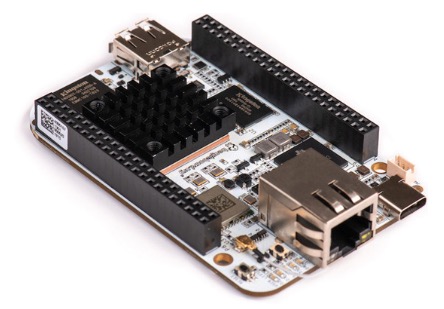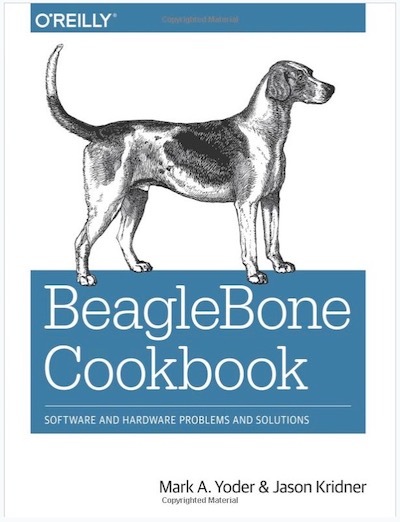Recent Posts
Beaglebone AI Family Comes With Two Classical CAN Bus Interfaces; CAN FD Support Is Planned
Posted by on
The Beaglebone AI board bridges the gap between small single-board computers (SBCs) and more robust industrial computers. Leveraging the Texas Instruments (TI) Sitara AM5729 processor, developers have access to powerful machine learning capabilities with the ease of the Beaglebone Black header and its mechanical compatibility.
The board contains TI C66x digital-signal-processor (DSP) cores and embedded-vision-engine (EVE) cores on the Sitara AM5729 processor, including an optimized TI Deep Learning (TIDL) software framework and pre-installed software tools to support machine learning. It takes only a few clicks to download and run the newest samples of edge inference algorithms and applications.
The TI Sitara AM5729 processor features two 1,5-GHz Cortex-A15 cores, two C66x digital signal processors, four embedded vision engines (EVEs) supported by the TIDL software framework library for machine learning, two dual-core programmable real-time units (PRU) for ultra-low latency control and software-generated peripherals.
The board comes with a 1-GiB RAM capacity and a 16-GiB eMMC flash memory capacity. It features various interfaces, including USB (Type A and Type C), Gigabit-Ethernet, Wifi, Bluetooth, micro HDMI, and more. Furthermore, there are two Classical CAN-Bus ports, and future versions are planned to support CAN FD.
The CAN core on the Sitara processor provides 64 frame buffers with individual identifier masks. The receive buffers are organized as FIFO memory, and there is a programmable loop-back mode for self-test operations and a suspend mode for debugging support. The cores support an automatic bus-on feature triggered by a programmable 32-bit timer after bus-off state. In test mode, direct access to the buffers is possible. The Rx/Tx pins are configurable as general-purpose I/O pins.
Processor
- Dual Arm® Cortex®-A15 microprocessor subsystem
- 2 C66x floating-point VLIW DSPs
- 2.5MB of on-chip L3 RAM
- 2x dual Arm® Cortex®-M4 co-processors
- 4x Embedded Vision Engines (EVEs)
- 2x dual-core Programmable Real-Time Unit and Industrial Communication SubSystem (PRU-ICSS)
- 2D-graphics accelerator (BB2D) subsystem
- Dual-core PowerVR® SGX544™ 3D GPU
- IVA-HD subsystem (4K @ 15fps encode and decode support for H.264, 1080p60 for others)
Board Feature Highlights
- BeagleBone Black mechanical and header compatibility
- 1GB RAM and 16GB on-board eMMC flash with high-speed interface
- USB type-C for power and superspeed dual-role controller; and USB type-A host
- Gigabit Ethernet, 2.4/5GHz WiFi, and Bluetooth
- microHDMI
- Zero-download out-of-box software experience with Debian GNU/Linux
BeagleBone Cookbook: Software and Hardware Problems and Solutions
BeagleBone is an economical web server, Linux desktop, and electronics hub that includes all the tools you need to build your projects—whether it’s robotics, gaming, drones, or software-defined radio.
If you’re new to BeagleBone Black or want to investigate more of its capabilities, this cookbook presents scores of recipes for connecting and talking to the physical world with this credit-card-sized computer.
All you need is minimum experience with computer programming and electronics. Each recipe incorporates clear and simple wiring diagrams and example code to get you started. If you don’t know what BeagleBone Black is, you might choose to get one after scanning these recipes.
 Loading... Please wait...
Loading... Please wait...


